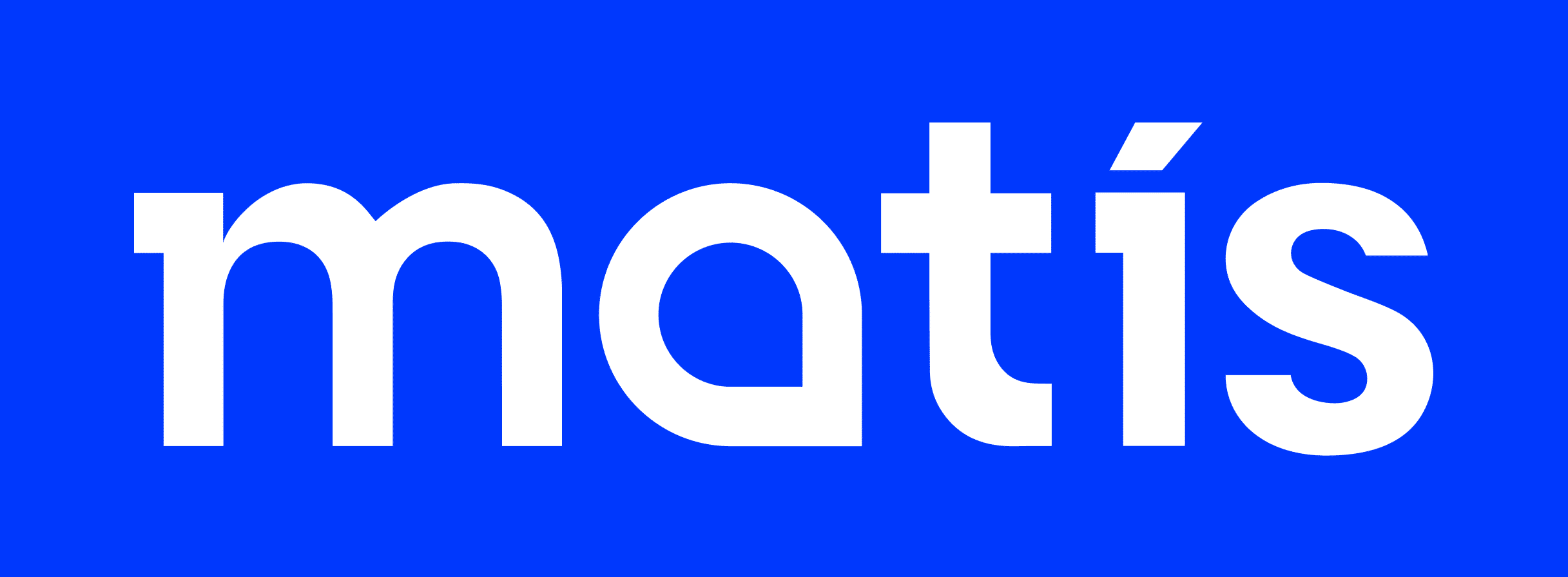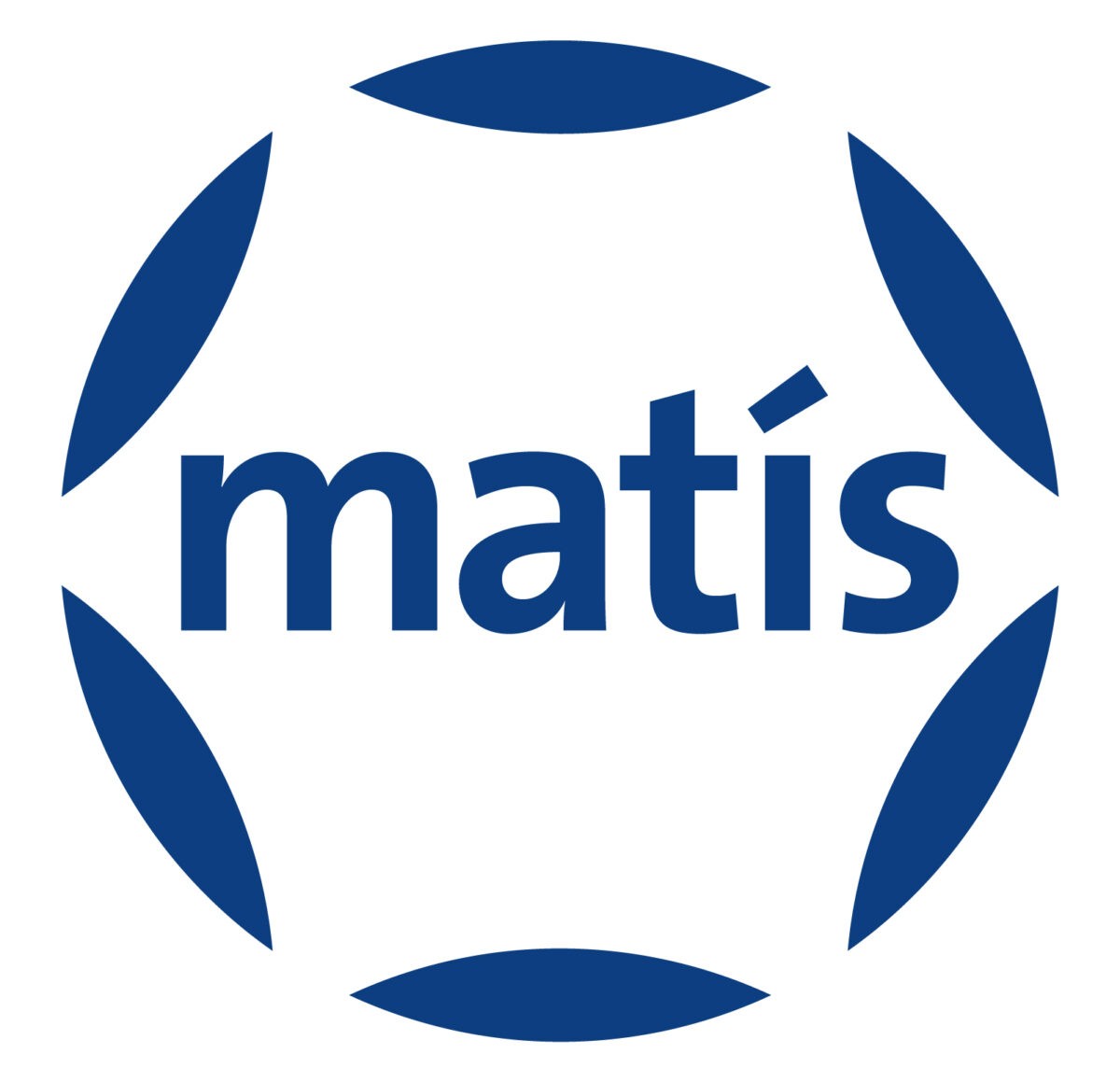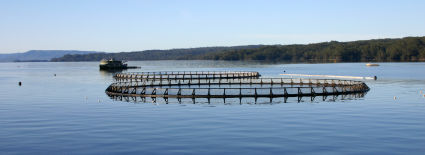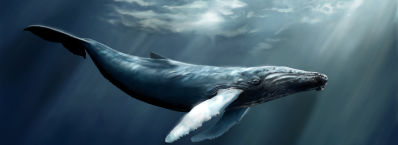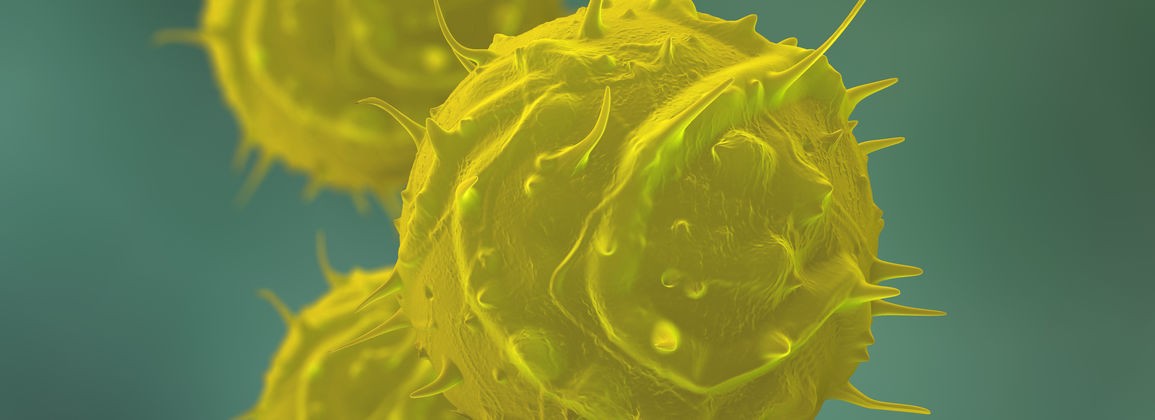From the beginning, Matís has been based on a network of offices throughout the country. There are now 9 offices, including the company's headquarters in Reykjavík, and their employees are connected to all areas of the company. The newest establishment is in Flúðir, but it was established at the end of 2010.
The emphases of the establishments are diverse, reflecting Matís' broad field of work and professional knowledge within the company. In the same way, the establishments also take into account the local community in each place and the needs there. For example, Matís' offices in Ísafjörður and the Westman Islands are in two of the country's larger fisheries locations, at Matís in Höfn in Hornafjörður a lot of work has been done with lobster producers and in Sauðárkrókur biotechnology is the key to collaboration with locals in food processing. The measurement service in Neskaupstaður is important for both production companies and official regulators in the health sector in East Iceland, and Matís in Akureyri has built up extensive research knowledge in aquaculture. Finally, there is the mention of the three food factories that Matís has built up in recent years in Höfn in Hornafjörður, Egilsstaðir and now in Flúðir. It opens up the possibilities for many enthusiastic food producers in the region and helps them to make their dreams of products and business innovation a reality.
With work around the country, Matís underlines the company's willingness to work with people at home in the provinces on a variety of projects that can strengthen the economy, increase innovation and increase employment. Matís' policy is that in the coming years the company will further strengthen this emphasis throughout the country.
Further information on Matís' offices can be found here.
